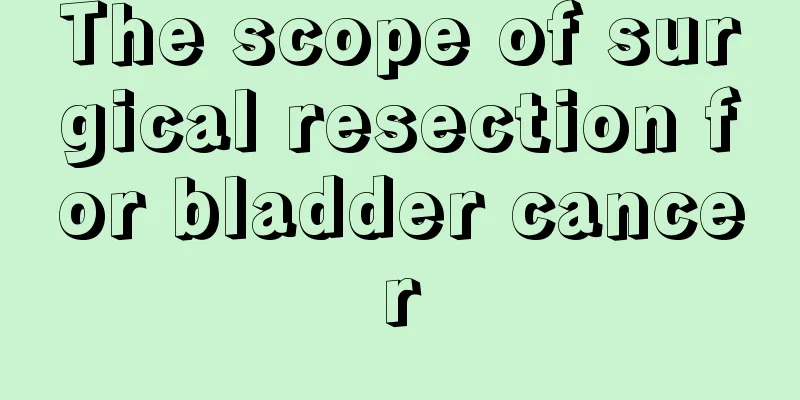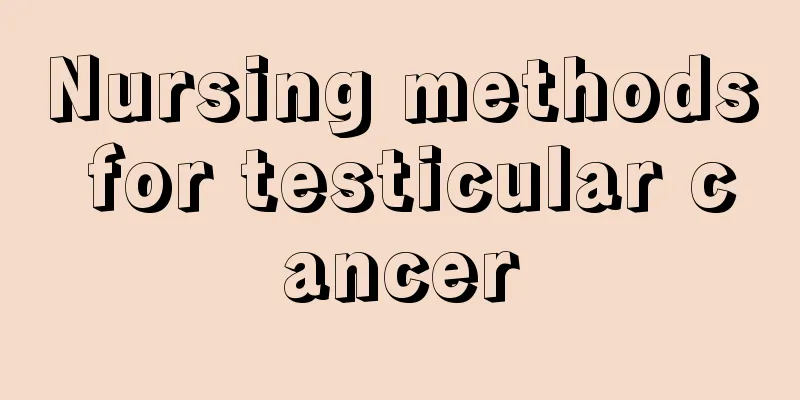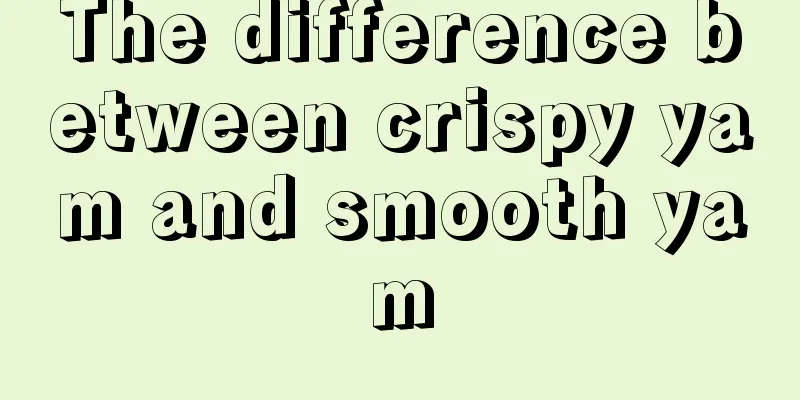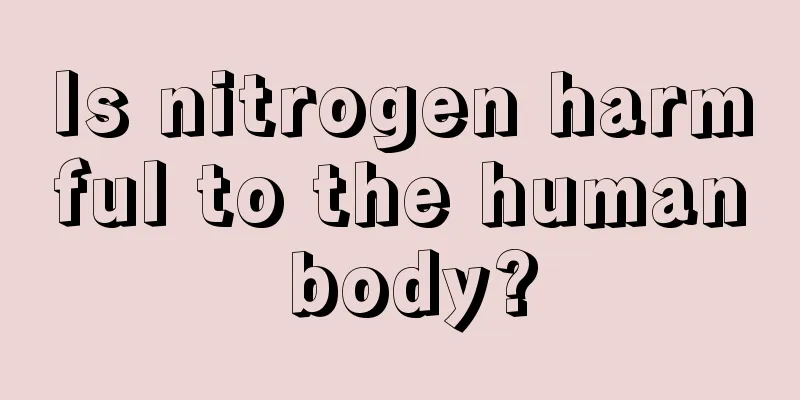Symptoms of esophageal erosion
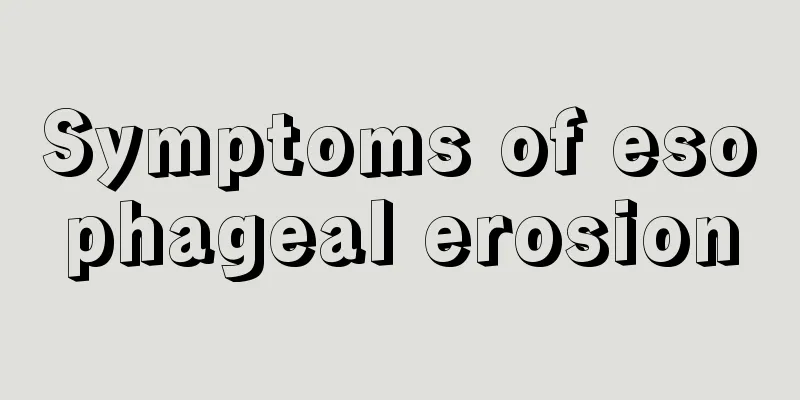
|
Esophageal erosion refers to a phenomenon in which people have a strong burning sensation in their esophagus, which leads to inflammation of the esophagus and ulceration of the esophagus. Esophageal erosion is generally caused by gastric acid reflux into the throat, which causes the throat to be corroded by acid. Patients with esophageal erosions will have great difficulty swallowing, so they need to drink plenty of nutritious food. So, what are the symptoms of esophageal erosion? 1. Burning or pain behind the sternum It is the main symptom of this disease. Symptoms usually occur about 1 hour after eating, and can be induced by semi-recumbent position, forward bending or strenuous exercise. They usually disappear after taking antacids, but overheated or overly acidic food can aggravate them. For those who lack gastric acid, the burning sensation is mainly caused by bile reflux, so taking antacids will have no effect. The severity of the burning sensation does not necessarily correspond to the severity of the lesion. In severe esophagitis, especially in those with scarring, there may be no or only a mild burning sensation. (ii) Gastric and esophageal reflux After every meal, when lying forward, or sleeping in bed at night, acidic liquid or food refluxes from the stomach and esophagus into the pharynx or mouth. This symptom often appears before the burning sensation or burning pain behind the sternum. (III) Difficulty in swallowing In the early stages, intermittent dysphagia may often occur due to secondary esophageal spasm caused by esophagitis. In the later stage, due to the formation of esophageal scarring and stricture, the burning sensation and burning pain gradually decrease and are replaced by permanent dysphagia. Eating solid food may cause a feeling of blockage or pain in the xiphoid process. (IV) Bleeding and anemia Severe esophagitis may cause esophageal mucosal erosion and bleeding, usually chronic small amounts of bleeding treat According to the different causes, choose the corresponding treatment principle 1. Eliminate the cause of the disease. 2. Gastric acid inhibitors and mucosal protective agents. 3. When there is concurrent infection, antibiotics (bacterial, fungal) will be given for treatment. 4. Provide hemostatic treatment (including endoscopic) when bleeding occurs. 5. When symptoms of stenosis or obstruction occur, endoscopic dilation and stent placement may be considered. |
<<: Symptoms of vocal cord nodules
>>: Skin symptoms of over-cleansing
Recommend
What is the cause of black blood clots during menstruation
Vaginal health of women is very important because...
Does honey nourish the stomach or hurt it?
In fact, honey has a good effect on nourishing th...
I feel like coughing when I talk
Coughing is a common occurrence and can be caused...
Why is my right eye bag twitching all the time?
Many people do not want their eyes to twitch beca...
There are two rows of serrated shapes at the urethra opening
The urethra is the channel for the human body to ...
What organ is failing due to insomnia
Insomnia may generally be caused by abnormalities...
Which department should I go to for corns_Which department does corns belong to
Now with the continuous improvement of living sta...
Tips for getting melon seeds wet
Melon seeds are a common nut in our lives. Genera...
What are the MRI manifestations of lung cancer brain metastasis? There are several manifestations
The MRI manifestations of brain metastases in pat...
The advantages and disadvantages of using tea leaves to wash your hair
Washing hair with tea leaves is also quite common...
Ranking of plants that absorb formaldehyde?
Generally, when a new house is just renovated, th...
The strongest aphrodisiac wine recipe
In fact, using a combination of medicinal materia...
What are the main bacterial infectious diseases?
When it comes to some infectious diseases, everyo...
What are the causes of depression
Depression can be said to be a mental illness. Pa...
Can the internal organs of soft-shelled turtle be eaten? Here are two ways to kill soft-shelled turtles
Soft-shelled turtle is a food rich in nutrients. ...
